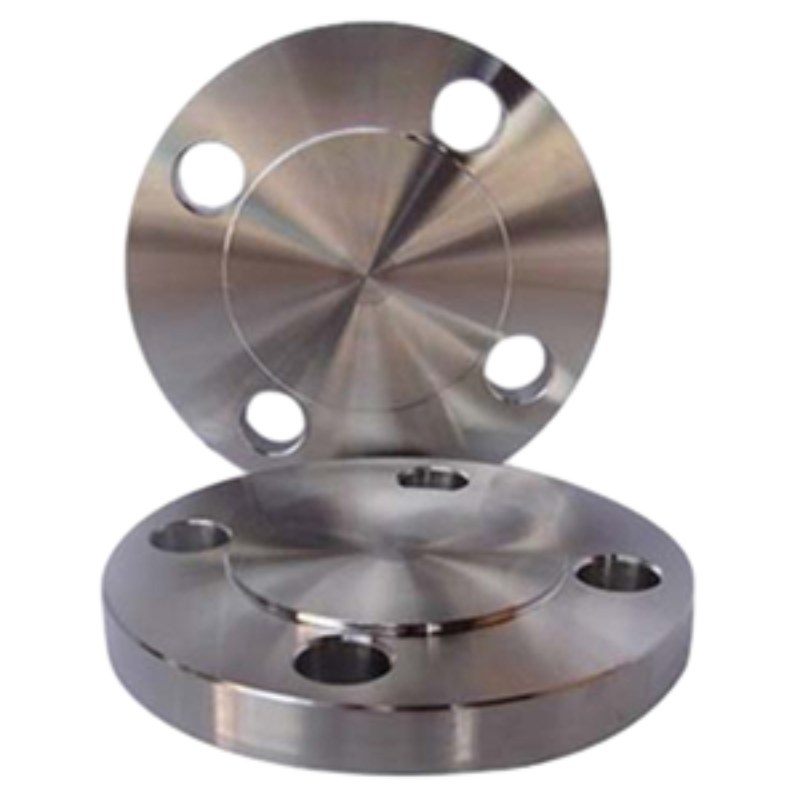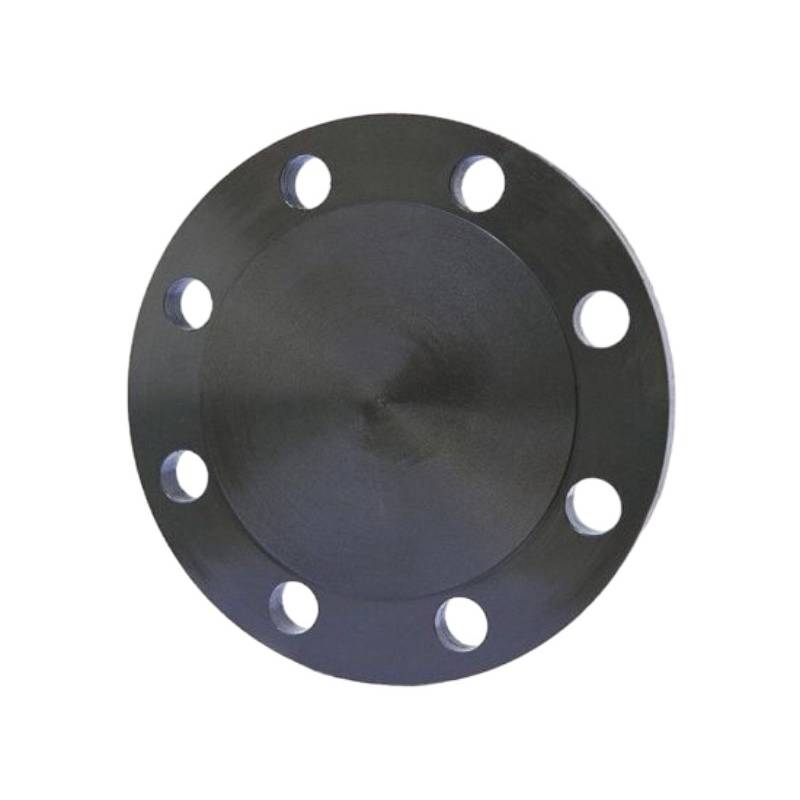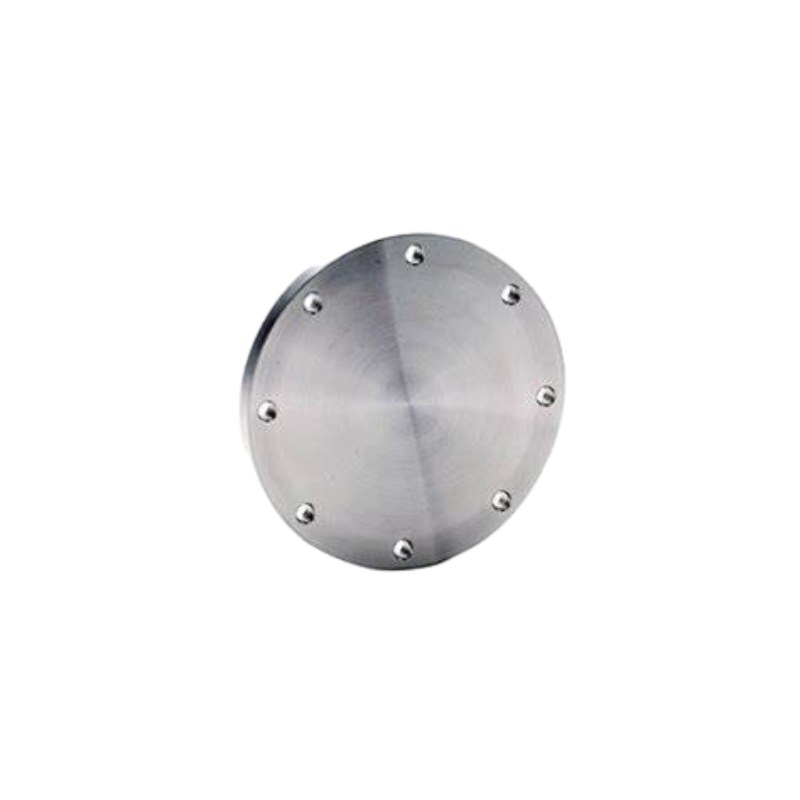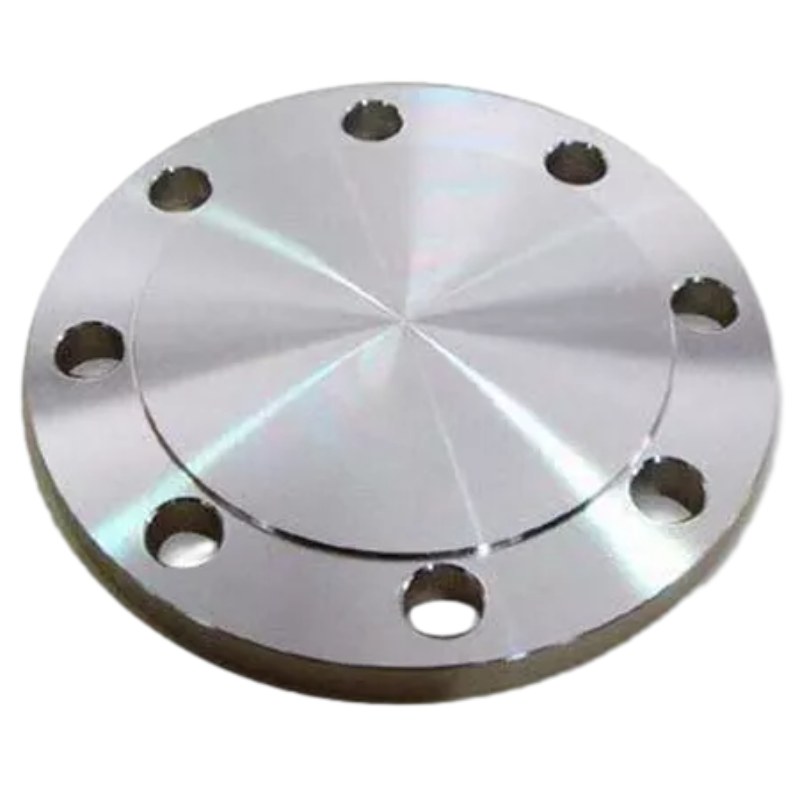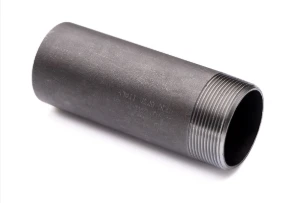-
Moralo o tiileng: GOST 12836-67 Blind Flange e na le poleiti e sephara, e chitja e nang le masoba a bolutu a lekanang ho potoloha perimeter. Moralo ona o lumella ho lokisoa ha bonolo le bolting ho mating flange, ho fana ka tharollo e tiileng le e tsitsitseng ea ho koala litsamaiso tsa liphaephe.
-
Tiiso e Sireletsehileng: Ha e kenngoa qetellong ea phala, sefahleho se bataletseng sa GOST 12836-67 Blind Flange se etsa tiiso e tiileng, ho thibela ho tsoa ha metsi le ho boloka botšepehi ba tsamaiso ea liphaephe. Bokhoni bona ba ho tiisa bo sireletsehileng bo tiisa ts'ebetso e nepahetseng le polokeho, esita le tlas'a maemo a feteletseng a ts'ebetso.
-
Tšebeliso e fapaneng: Ho tloha libakeng tse hloekisang oli le khase ho ea ho limela tse sebetsanang le lik'hemik'hale le marang-rang a kabo ea metsi, GOST 12836-67 Blind Flanges e fumana ts'ebeliso e fapaneng ho liindasteri tse fapaneng. Ebang e sebelisetsoa merero ea ho itšehla thajana, tlhahlobo ea khatello, kapa ho koala ha nakoana, li-flange tsena li fana ka ts'epahalo le nako e telele lits'ebetsong tsa bohlokoa tsa liphaephe.
-
Kaho e Ts'oarellang: E entsoe ka thepa ea boleng bo holimo e kang carbon steel, stainless steel, kapa alloy steel, GOST 12836-67 Blind Flanges e bonts'a matla a ikhethang le ho tšoarella nako e telele. Li etselitsoe ho mamella maemo a thata a ts'ebetso, ho kenyelletsa le tikoloho e senyang, mocheso o phahameng, le khatello e matla, ho netefatsa ts'ebetso ea nako e telele le ho ts'epahala.
-
Precision Engineering: GOST 12836-67 Blind Flanges e kena ts'ebetsong e nepahetseng ea machining le mekhoa ea boenjiniere ho fihlela mamello e tiileng ea maemo le litlhoko tsa ho qeta holimo. Ho nepahala hona ho netefatsa ho lumellana le ho feto-fetoha le li-flange tse ling tse tloaelehileng, ho thusa ho kopanya ka mokhoa o tsitsitseng tsamaisong ea lipeipi le ho fokotsa kotsi ea ho lutla kapa ho hlōleha.
-
Bonolo ba ho Kenya: Ho kenya GOST 12836-67 Blind Flanges e sebetsa hantle ebile e otlolohile, e hlokang ho lokisoa habonolo le bolting ho ea qetellong ea pipe. Litekanyo tsa bona tse tloaelehileng le moralo li thusa ho kopanngoa habonolo ho marang-rang a teng a lipeipi, ho fokotsa nako ea ho kenya le litšenyehelo tsa basebetsi.
Likarolo tsa Bohlokoa:
- Moralo o tiileng oa ho koala ka mokhoa o sireletsehileng
- Ho tiisa ho tiisa ka sebopeho sa sefahleho se bataletseng
- Lisebelisoa tse fapaneng ho pholletsa le liindasteri
- Kaho e tšoarellang bakeng sa ts'ebetso ea nako e telele
- Boenjiniere bo nepahetseng bakeng sa mamello e thata
- Ho kenya habonolo ka mokhoa o bonolo oa ho tsamaisana le bolting
Material Selection for GOST 12836-67 Blind Flanges: What You Need to Know
When it comes to GOST 12836-67 blind flanges, selecting the appropriate material is crucial for ensuring functionality, safety, and longevity in various applications. GOST standards, established by the Euro-Asian Council for Standardization, Metrology and Certification, guide the specification of materials to maintain the integrity of piping systems.
Key Considerations for Material Selection:
1. Corrosion Resistance: One of the primary factors in choosing a material for GOST blind flanges is its ability to resist corrosion. Stainless steel (such as 304, and 316) is a popular choice due to its excellent resistance to oxidizing environments. For applications involving aggressive chemicals, alloys like Inconel or Monel are often considered.
2. Pressure and Temperature Rating: GOST blind flanges need to be rated for the specific pressure and temperature conditions they will face. Material selection must align with the service conditions to avoid failure. For high-pressure applications, carbon steel flanges can be suitable, provided they are properly treated or coated.
3. Weldability and Machinability: Depending on installation requirements, the selected material should offer appropriate weldability and machinability. If modifications or on-site fabrication are necessary, choosing materials that can be easily welded is essential.
4. Standards Compliance: Ensure that the materials selected comply with all relevant GOST standards. This not only guarantees quality but also maintains compatibility within the piping system.
5. Cost-effectiveness: While material selection should prioritize performance and safety, cost considerations also play a significant role, especially in large-scale projects. Finding a balance between budget and quality is essential.
Differences Between GOST 12836-67 Blind Flange and Other Flange Standards
When comparing the GOST 12836-67 blind flange with other flange standards, several key differences emerge that reflect the unique characteristics and applications of the Russian standard. The GOST (Gosudarstvennyy Standart) system is a set of regulations and guidelines that govern various industrial products, including blind flanges, which are used to seal off piping systems.
One of the primary differences lies in the dimension and pressure rating classifications. GOST 12836-67 blind flanges are specifically designed according to Russian specifications, with dimensions that may differ significantly from those outlined in ANSI, ASME, or ISO standards. For instance, while ANSI/ASME flanges are typically categorized into nominal pipe sizes (NPS) and pressure classes, GOST flanges feature a unique set of sizes and pressure ratings, making it essential for engineers to select the appropriate type based on regional standards.
Another notable difference is the material composition. The GOST standard emphasizes the use of specific materials that are suited for the harsh Russian climate and industrial requirements. While common materials such as carbon steel and stainless steel are also used in other standards, GOST may specify additional material grades to accommodate unique environmental challenges, including extreme temperatures and corrosive conditions.
Additionally, the manufacturing and testing processes for GOST 12836-67 blind flanges are subject to local industry regulations, which might include stricter quality assurance protocols compared to other international standards. This ensures that the flanges not only meet dimensional specifications but also effectively withstand the pressures and temperatures expected in typical applications within Russia.
In summary, while GOST 12836-67 blind flanges share similarities with other flange standards, their unique dimensions, material requirements, and quality assurance processes set them apart. Understanding these differences is crucial for engineers and designers when selecting flanges for specific applications in diverse geographical locations.







